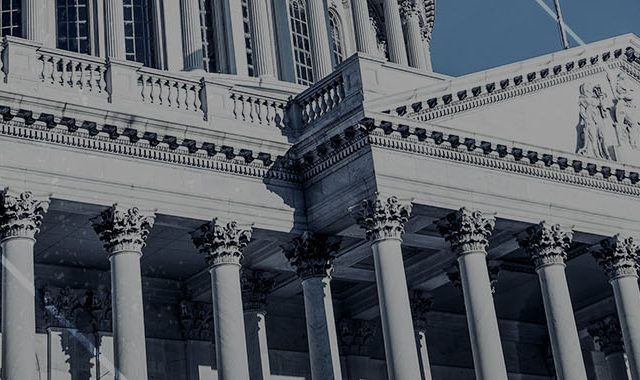In a shift from the traditional electric power paradigm, utilities and utility customers are installing distributed energy resources (DERs), including distributed generation facilities that employ small-scale technologies to produce or dispatch electricity closer to customers. Driving this growth is a recent significant decrease in the price of DER technology, as well as state and federal incentives for DER installations.
ElectriCities and its members have supported the development of DERs on their systems where they offer benefits to the system and customers, such as avoided generation capacity costs (e.g., less need to build new generation), avoided transmission costs, less need for backup power, and reduced air emissions.
ElectriCities and its members have adopted interconnection and rate policies to ensure that DERs are beneficial without imposing operational or economic costs on our cities and neighbors. We encourage customers to work with their utilities as they consider DERs to ensure that what may benefit an individual customer does not impose costs on other customers.
DER implementation policy and rate design should be regulated at the state and local level. Rate design and regulatory requirements for DERs must consider each utility’s local technical limitations, individual cost structure, and geographic considerations.
One-size-fits-all national policy poses risks to local power quality, reliability, and safety.
Local power resources are best managed locally.

